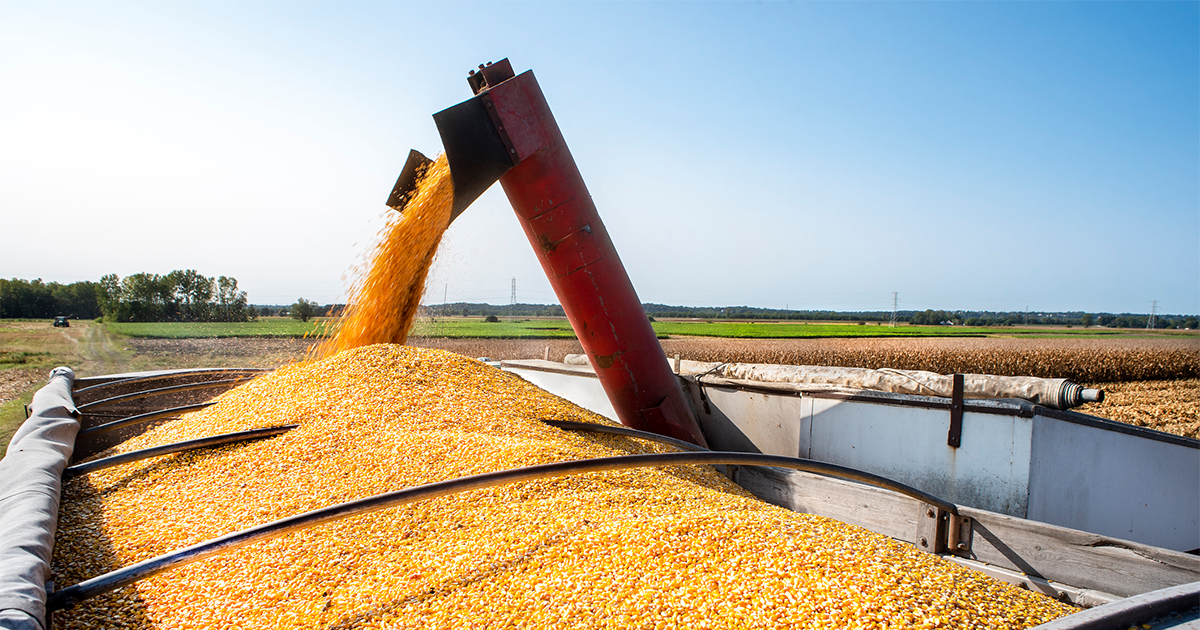Tifton, GA
Despite all of the challenges endured by farmers in 2022 from labor shortages to rising input costs, they were rewarded with net farm income reaching record levels. However, that might be short lived as early projections for 2023 have that number taking a big hit.
“We are seeing a sixteen percent decline,” says Amanda Smith, Agricultural Economist at UGA. “That is because we’re seeing lower commodity prices and input prices are still high and some are going up depending on the category, some are going down, but we’re not seeing input prices decline at a rate like we’ve seen with the commodity prices.”
Despite those falling prices, they are still high enough for farming operations to remain sustainable even if they are forced to work on a tighter budget.
“Historically, commodity prices are still good. So, compared to 2020 when we saw a lot of commodity prices really low, prices currently right now are pretty good but they’re not as good as they were last year,” says Smith. “So, with the high input prices that we saw last year with record high input prices for several categories last year, it definitely means that margins are going to be tight.”
While the agricultural industry did enjoy those higher prices in recent years, it will have a negative effect on this year’s net farm income as government payments are expected to be minimal.
“Because the farm safety net is based on triggers like low commodity prices or maybe a combination of low price and low yield, the outlook for government payments for 2023 is low because last year we had pretty good commodity prices and, in general, there’s probably not going to be a lot off government payments triggered from the farm safety net,” says Smith.
While the price of fertilizer might be falling, growers are still encouraged to make the most of what they put out.
“We saw record high prices for nitrogen fertilizers and pretty close for phosphorus and potassium last year,” says Smith. “Because of softening demand, that those prices have come down some. But I still think producers are still going to be looking at the cost of fertilizers and making sure that they’re doing their soil tests and have a good nutrient management plan in place so that they’re utilizing their inputs as efficiently as possible.”
It’s not just what goes into the field like water, seed and equipment that make up the rising input costs, but also the added expenses in order to keep it running.
“I think growers this year are paying more attention to interest expenses and what they’re going to be paying for their operating note because, you know, last year, maybe they were paying four to four and a half percent. This year, they might be paying seven to nine percent um, on their operating note,” says Smith.
So, with that all in mind, planning ahead is an absolute necessity in order for farmers to protect themselves in the coming year.
“Estimate what their break-even price is and then hopefully forward price or forward contract above that, so they know they’re going to be making a positive margin on that,” says Smith.
By: Damon Jones

